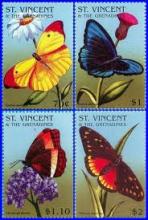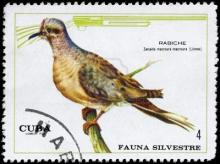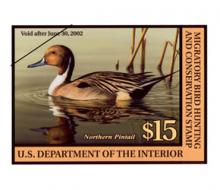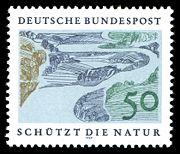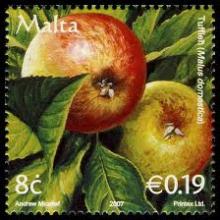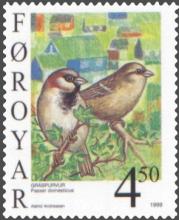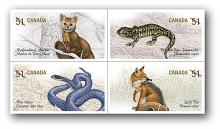Dramatischer Wasservogelrückgang in Oberschwaben - Bestandseinbruch um 70 Prozent in 40 Jahren – viele Arten so gut wie ausgestorben
Einen „dramatischen Rückgang der Wasservögel“ haben Ornithologen in einer über 40 Jahre dauernden, großflächigen Untersuchung von rund 310 Seen und Weihern in Oberschwaben festgestellt. In einer Anfang des Jahres publizierten Übersicht – „Ökologie der Vögel“, Band 32/2, 2010 – stellen die Autoren Rudolf Ortlieb, Brigitte Schaudt und Roland Prinzinger die Bestandsentwicklung von knapp 30 Wasservogelarten von 1967 bis 2008 vor. „In diesen 40 Jahren ist der Gesamtbestand aller untersuchten Arten um mehr als 70 Prozent zurückgegangen. Das ist ein dramatischer Einbruch“, sagt Prof. Dr. Roland Prinzinger. Auch beim NABU sorgen diese Ergebnisse für Aufsehen, zumal viele NABU-Aktive bei der Untersuchung mitgewirkt haben. „Wie die Untersuchung zeigt, sind einige Vogelarten in den vergangenen 40 Jahren so gut wie ausgestorben, etwa die Rohrdommel Botaurus stellaris, die Zwergdommel Ixobrychus minutus, der Drosselrohrsänger Acrocephalus arundinaceus und die Knäkente Anas querquedula“, berichtet Harald Jacoby, Vogelkundler beim NABU. „Die Ergebnisse sind für mich umso erschreckender, als ich weiß, mit wie viel Sorgfalt und Aufwand die Daten über Jahrzehnte gesammelt wurden. An den Zahlen gilt es nichts zu rütteln. Das ist die traurige Realität.“ Selbst früher häufige Arten sind in ihrem Bestand extrem zurückgegangen: das Teichhuhn Gallinula chloropus etwa von rund 200 auf 60 Paare, die Wasserralle Rallus aquaticus von rund 330 auf 30 Paare.


